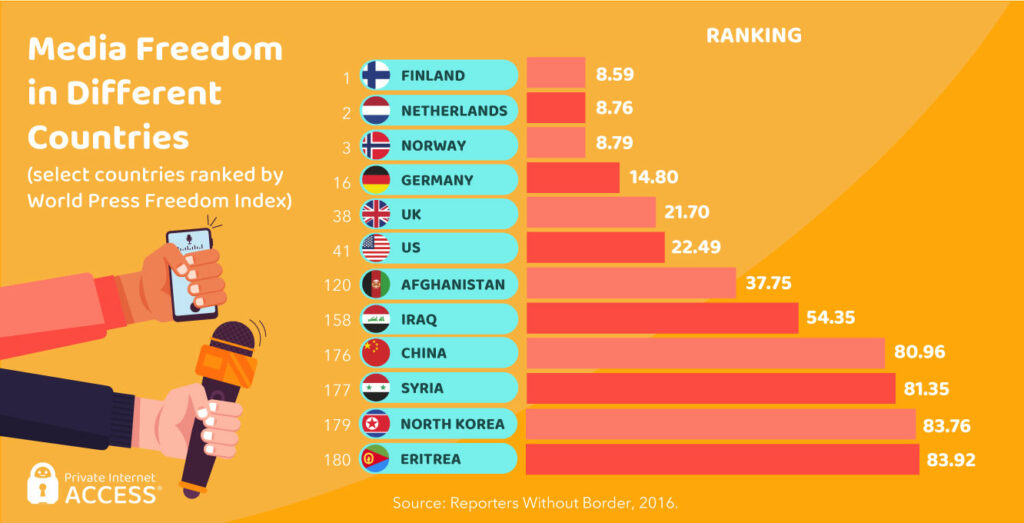
It is the first book devoted to the philosophy of data aimed at working scientists and calls for a new consideration in the practice of probability and statistics to eliminate what has been referred to as the "Cult of Statistical Significance." The book explains the philosophy of these ideas and not the mathematics, though there are a handful of mathematical examples. The ultimate goal is to call into question many standard tenets and lay the philosophical and probabilistic groundwork and infrastructure for statistical modeling. This book presents a philosophical approach to probability and probabilistic thinking, considering the underpinnings of probabilistic reasoning and modeling, which effectively underlie everything in data science.
STATS MODELING THE WORLD ONLINE SERIES
This book is the English translation of Modélisation et Statistique Spatiales published by Springer in the series Mathématiques & Applications, a series established by Société de Mathématiques Appliquées et Industrielles (SMAI). Furthermore, experienced statisticians and researchers in the above-mentioned fields will find the book valuable as a mathematically sound reference. The book is accessible to senior undergraduate students with a solid math background and Ph.D. While a foundation in probability and mathematical statistics is assumed, three appendices introduce some necessary background. A large number of real examples are studied with R, and each chapter ends with a set of theoretical and applied exercises. A chapter is devoted to Markov Chain Monte Carlo simulation (Gibbs sampler, Metropolis-Hastings algorithms and exact simulation). The most important statistical methods and their asymptotic properties are described, including estimation in geostatistics, autocorrelation and second-order statistics, maximum likelihood methods, approximate inference using the pseudo-likelihood or Monte-Carlo simulations, statistics for point processes and Bayesian hierarchical models. The level is relatively advanced, and the presentation concise but complete.

This book covers the best-known spatial models for three types of spatial data: geostatistical data (stationarity, intrinsic models, variograms, spatial regression and space-time models), areal data (Gibbs-Markov fields and spatial auto-regression) and point pattern data (Poisson, Cox, Gibbs and Markov point processes).

Spatial statistics are useful in subjects as diverse as climatology, ecology, economics, environmental and earth sciences, epidemiology, image analysis and more. Spatial Statistics and Modeling Book Review:


 0 kommentar(er)
0 kommentar(er)
